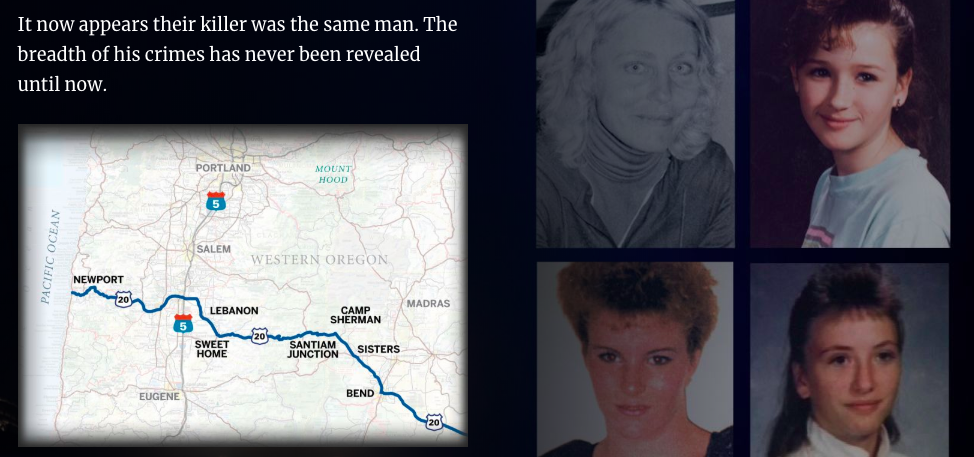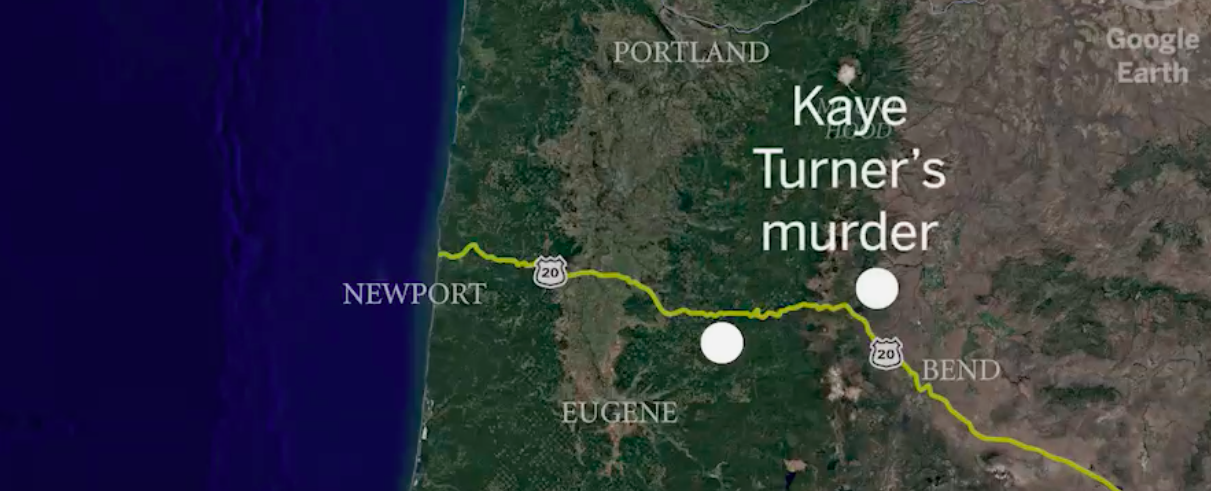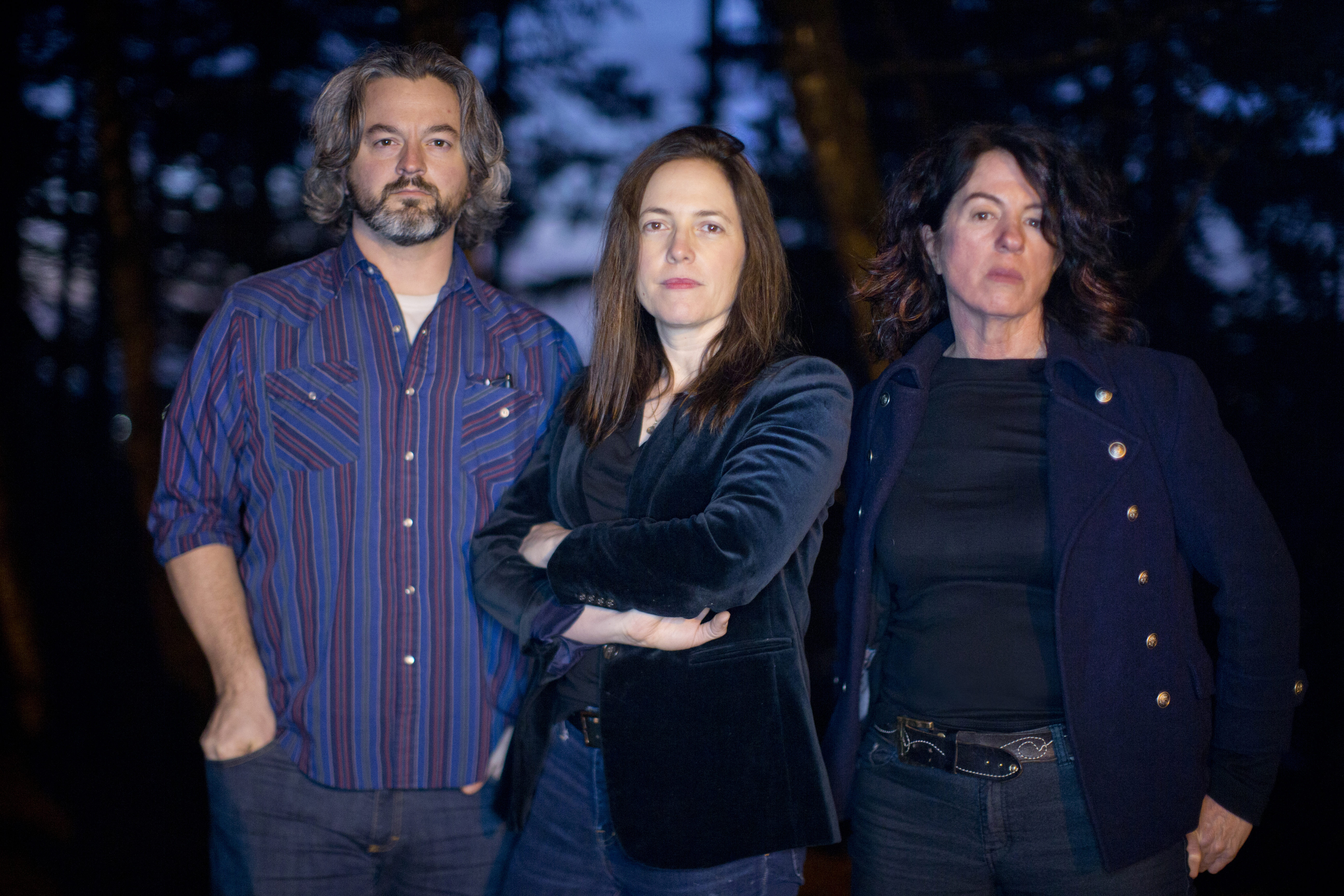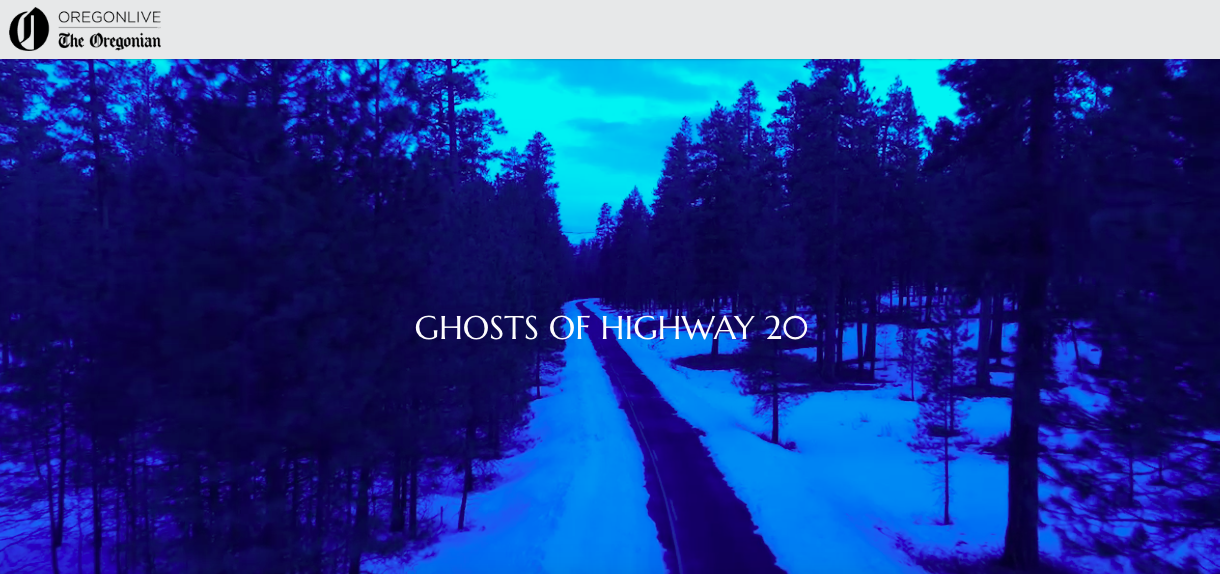The freelance pitch that led to the five-part series came in 2015. It went like this: Every year, this prosecutor runs in memory of a murder victim whose case he helped prosecute.
Therese Bottomly, director of news at The Oregonian, paid the freelancer a tip fee. She suspected there was much more there. She was right.
“We really didn’t know what we were getting into with this story,” said Oregonian reporter Noelle Crombie, “so we went back to the very beginning.”
At the beginning, they found a rape report that went nowhere, the woman who’d filed it and been ignored, and at least four others who police suspected were murdered by the same man.
Two years later, in December of 2018, The Oregonian published “Ghosts of Highway 20.” The five-part narrative series includes revelations of a secret plea deal, more than two hours of documentary videos and an annotated version of the story with links to source material.
[expander_maker id=”1″ more=”Read more” less=”Read less”]
During what feels like a never-ending cycle of bad news for local journalism, it’s a reminder of the kind of work that’s still possible and the ingredients that work requires: time, resources and ambition.
On Christmas Eve 1978, Kaye Turner went on a run on a remote road off Highway 20 and never returned. Buried inside the case file of her murder, Crombie found the rape report of Marlene Gabrielsen. Gabrielsen reported that John Arthur Ackroyd had raped her while giving her a ride home along Highway 20. He was never prosecuted.
Crombie started to see the framework for the series.
“Had she been believed,” she said, “Kaye and the other women who encountered Ackroyd would have lived.”
Crombie requested the original case files from district attorneys and sheriffs’ offices across the state. She worked on the series with video editor and producer Dave Killen and photojournalist Beth Nakamura.
The three spent hours driving down Highway 20. In the series, that stretch of road is not just the scene, said Margaret Haberman, The Oregonian’s managing producer who edited the project. It’s a character. It’s also a visual tool to move people across space and time.
The question from the beginning, Nakamura said, was how to display a project with just woods and people talking?
“The challenge was how do you bring that to life?” she said.

Screenshot, The Oregonian
“Ghosts of Highway 20” is among what’s become a genre of cold case reporting that reexamines the stories of women whose deaths were forgotten and the men who, often, got away with it. “Gone,” by Jerry Mitchell, published in the Clarion-Ledger in 2016 and led to the conviction of Felix Vail. In 2017, The Suffolk Times published a series with the same name that led to the discovery of the body of a woman who’d been missing for more than 50 years.
In that first series, the killer was arrested and convicted. In the second, he’d been dead for years. With “Ghosts of Highway 20,” the murderer was convicted of one of the crimes in 1993. He died in prison in December of 2016. He had at least three other victims.
“I think the thing that drove the three of us in telling this story from the very beginning was that our stories would stand in for the justice system,” Crombie said. “It was a really strong, powerful force for us that we were going to have the privilege of telling these stories for people who were never going to have justice and whose stories were really cast aside.”
The Oregonian fought to unseal records that showed Ackroyd had entered a plea deal in the disappearance of his 13-year-old step-daughter, Rachanda Pickle.
“If it were not for this work,” said Bottomly, the director of news, “that could have gone unreported forever.”

Screenshot, The Oregonian
“Ghosts of Highway 20” had a teaser campaign on social media, got a total of 1.7 million video views, and, as of a few weeks ago, brought in 315,000 pageviews online. That’s a significantly bigger number than The Oregonian’s enterprise journalism usually brings in, Bottomly said.
“Ultimately having a five part documentary series run with a print story is what sets this project apart and makes it so extraordinary,” Crombie said. “We heard from so many readers who said they binge watched it or they went online first thing to watch the next episode. Dave (Killen) was tasked with telling the same sprawling story and did it with a mix of vintage footage, footage he and Beth shot with a super 8 he got off eBay and shooting every interview we conducted.“
This kind of work took organization from the very beginning. Crombie hired a high school student to help her number all the police reports. She built a spreadsheet that was the backbone of the story. She worked with her photo and video colleagues, who helped her think in scenes. And she held regular meetings with editors to show them where the project was headed.
That means this project also took a commitment from The Oregonian’s editors to be patient. Killen had the luxury to spend a lot of time on a total of 2 hours and 15 minutes of produced video. That kind of work is impossible to do quickly and well, he said.
“You can’t rush these things,” Bottomly agreed, “and I think sometimes in newsrooms we forget that books and magazines tell great stories two years after the fact.”
Another necessity: Ambition, Haberman said. “And we want to have it.”
And that takes resources. They asked to hire a composer who would score the video series. They got one. They requested a trip to California and Texas to look for a source they couldn’t reach. Crombie, Killen and Nakamura all went (after a bit of convincing.)
Like every other local newspaper, The Oregonian has gotten smaller through rounds of layoffs (at least six since 2010, according to Willamette Week.).
“We’ve lived through a lot of change and contraction,” Crombie said. “It was pretty extraordinary given all the pressures here that we got the time and resources to do this work.”
With “Highway 20,” they pursued an old formula that still works.

The team of journalists who produced Ghosts of Highway 20, from left: Dave Killen, Noelle Crombie and Beth Nakamura. January 26, 2019 Beth Nakamura/Staff
[/expander_maker]
[the_ad_placement id=”_rail_pos_1″]
[the_ad_placement id=”_rail_pos_2″]








